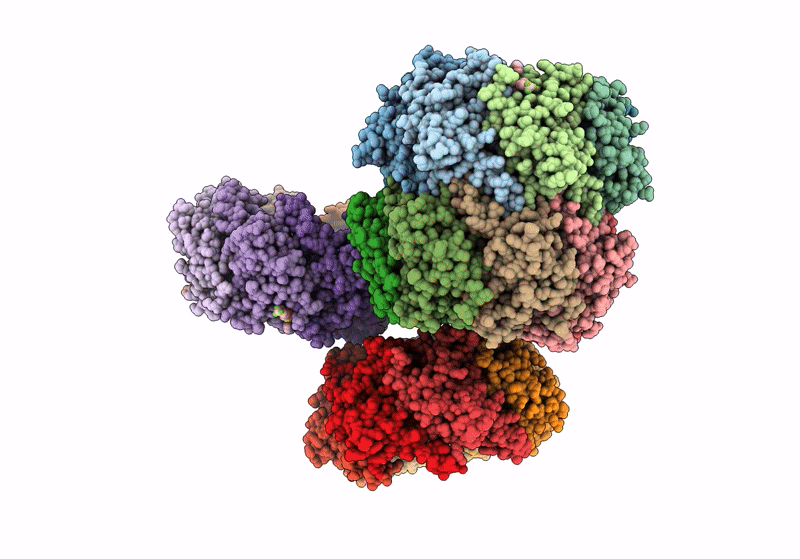
Deposition Date
2023-05-30
Release Date
2024-09-18
Last Version Date
2024-09-25
Entry Detail
PDB ID:
8SZM
Keywords:
Title:
Crystal structure of E. coli ClpP protease in complex with phosphine oxide compound ACP6-12
Biological Source:
Source Organism:
Escherichia coli (Taxon ID: 562)
Host Organism:
Method Details:
Experimental Method:
Resolution:
2.35 Å
R-Value Free:
0.26
R-Value Work:
0.20
R-Value Observed:
0.20
Space Group:
P 1 21 1


